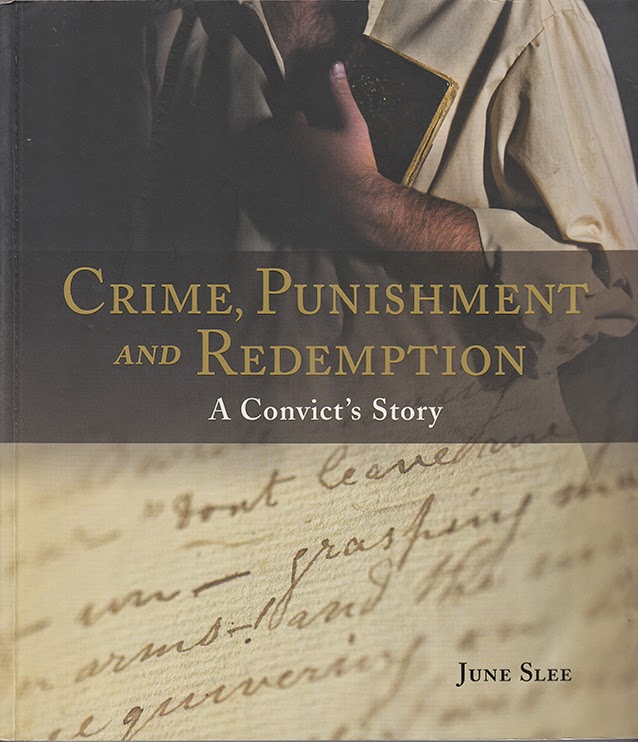 |
| Tampion removed from HMS Sirius carronade |
With the museum being the home of the HMS Sirius collection and last Thursday being the 225th anniversary of her wrecking, this week was never going to be anything other than extra-ordinary! Planning for this day began well over a year ago and teaming up with the Norfolk Island Travel Centre (NITC) meant that Graeme Henderson and Myra Stanbury could be invited to join us from Western Australia as special guest presenters and a full week of events planned. The NITC brilliantly organised a very special week for the First Fleet descendants and others who travelled especially to mark this special anniversary. Visitor numbers exceeded expectations with over 200 people sitting down to lunch and presentations at the waterfront on the anniversary day.
.jpg) |
| Drawing: Myra Stanbury |
Myra has said about the tampion: “In the process of conserving the second carronade recovered from the Sirius wreck site a disc-shaped, lathe-turned wooden tampion (or tompion) was found in the muzzle of the gun. Made of maple (Acer sp.), the plug was designed to prevent the penetration of sea water into the bore of the muzzle-loading gun which could cause rust to develop and render the gun unserviceable. Sometimes the tampions were carefully sealed with tallow or putty to make them watertight. This appears to have been the method employed on the Sirius carronade as a ‘waxy-oily’ layer of material was removed from the machine-turned inner surface of the tampion before it was placed in a treatment solution to remove some of the reactive iron corrosion products.
 |
| Myra and Janelle Blucher |
Attached to the inner side of the tampion was a lanyard consisting of two 34-cm lengths of twisted twine. This was spliced to a ball of string wadding that fitted snugly within the 131 mm bore of the gun. When loaded with a clean round shot to fit the gun the ball of wadding in the muzzle would prevent the displacement of the tampion by the impact of the round shot as it rolled back and forth in the barrel with every roll of the ship. In this way, sometimes helped by the addition of olive oil or other suitable lubricant into the chamber of the gun, the bore was kept in good condition while at sea”.
 |
| Kalle, Myra and Janelle unpacking the tampion |
The tampion is a very special object. Not only is it a very rare example of a complete tampion of this period, it will be displayed beside the carronade it was recovered from – which is on display within several hundreds of metres of the site where it was when the Sirius was wrecked.
We have had an extraordinarily busy week at the museum. My sincere thanks to the team of Administration workers employed as our Museum Attendants who have worked so hard to ensure that all our visitors had an extraordinary experience on Norfolk Island this week.
Photo of connecting the hemp wading rope
Photo of maple plug

























